Which oils are best for skin. 18 Types of Oils to Nourish and Revitalize Your Skin
Which oils are best for skin? This article explores 18 different types of oils that can help nourish and revitalize your skin, depending on your skin type.
Oils for Normal Skin
With normal skin, you don’t have to worry about getting clogged pores, dryness, and even irritation. In short, you have the type of skin that most people want to achieve and it’s quite simple to find the best face oil for your skin type.
Argan Oil
Argan oil is often referred to as “liquid gold” due to the various benefits it provides for the skin. Rich and soothing, this face oil contains vitamin E—an antioxidant that can prevent those pesky and unwanted dark spots, fine lines, and other kinds of skin damage. Tip: You can also use argan oil as a hair conditioner to make hair softer and shinier.
Squalane Oil
Squalene is a natural oil produced not only by olives and rice bran but also your own skin. However, on its own, it is unstable, reacts violently with oxygen and can ultimately clog the pores. On the other hand, squalane face oil has a stable, longer shelf life that has a similar molecular structure to your skin. This allows it to be easily absorbed by your pores to target specific skin concerns at a cellular level. Furthermore, it can boost collagen production which makes your skin look firmer and plumper for an instant glow!
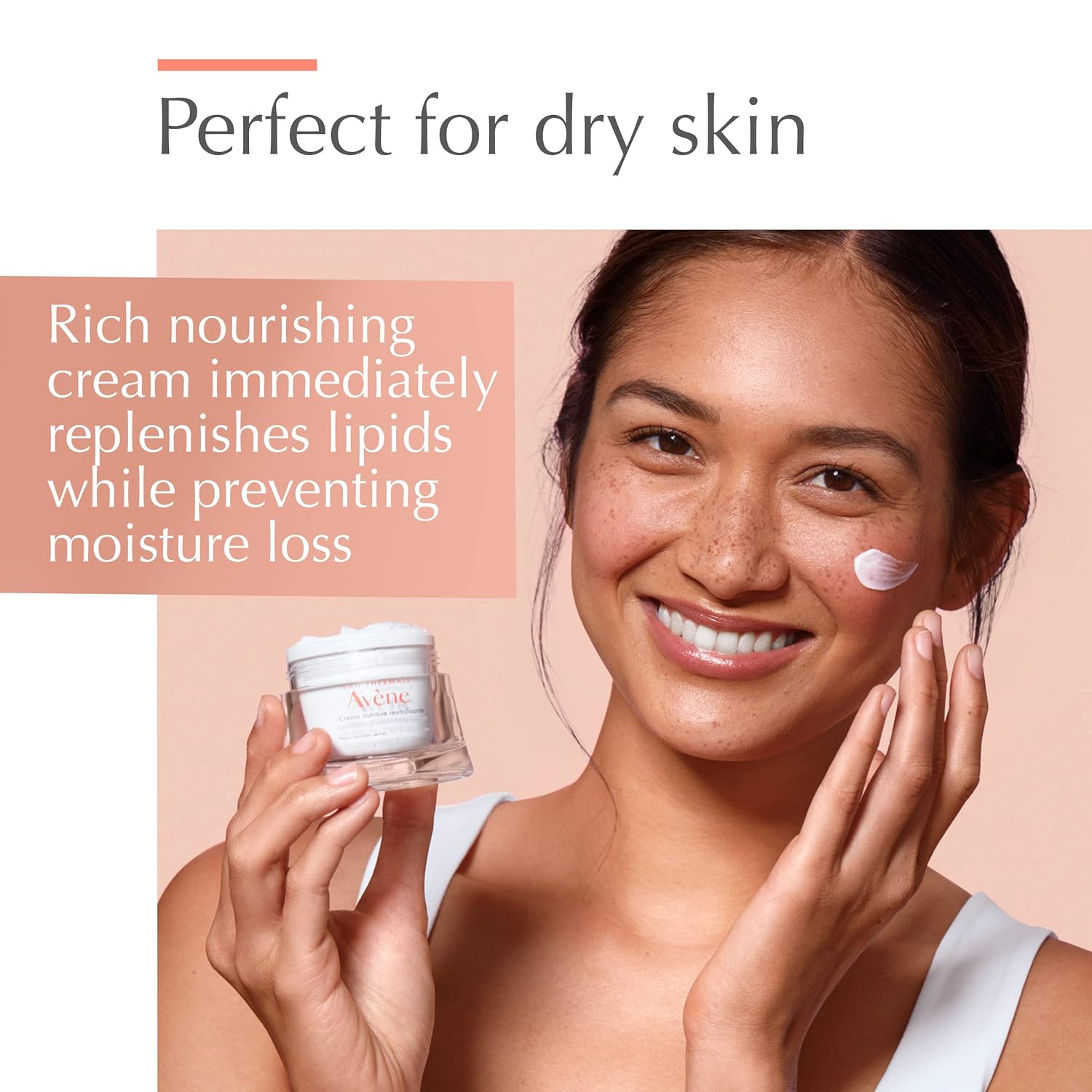
Retinol Oil
Retinol oils can hydrate your skin, brighten your tone, and clear your breakouts (on the off chance that you have bad days!) without irritating your skin.
Oils for Dry Skin
Dry skin produces less sebum than normal skin which results in cracking, peeling, and even itchiness. Typically, you should look for face oils that are rich in oleic acid to help hydrate the skin, lock in moisture, and lessen irritation from dryness.
Marula Oil
Marula oil contains omega fatty acids which help condition dry skin. It gives essential moisture and can even reduce any redness you might encounter. Furthermore, this oil is not heavy on the skin so you won’t feel greasy at all.
Almond Oil
For centuries, almond oil has been used to treat dry skin conditions, such as eczema, psoriasis, and dermatitis. High in vitamin A, this oil can also stimulate the production of new skin cells which ultimately results in smooth fine lines. Tip: If you’re allergic to nuts, it’s best to avoid using almond oil on your skin.
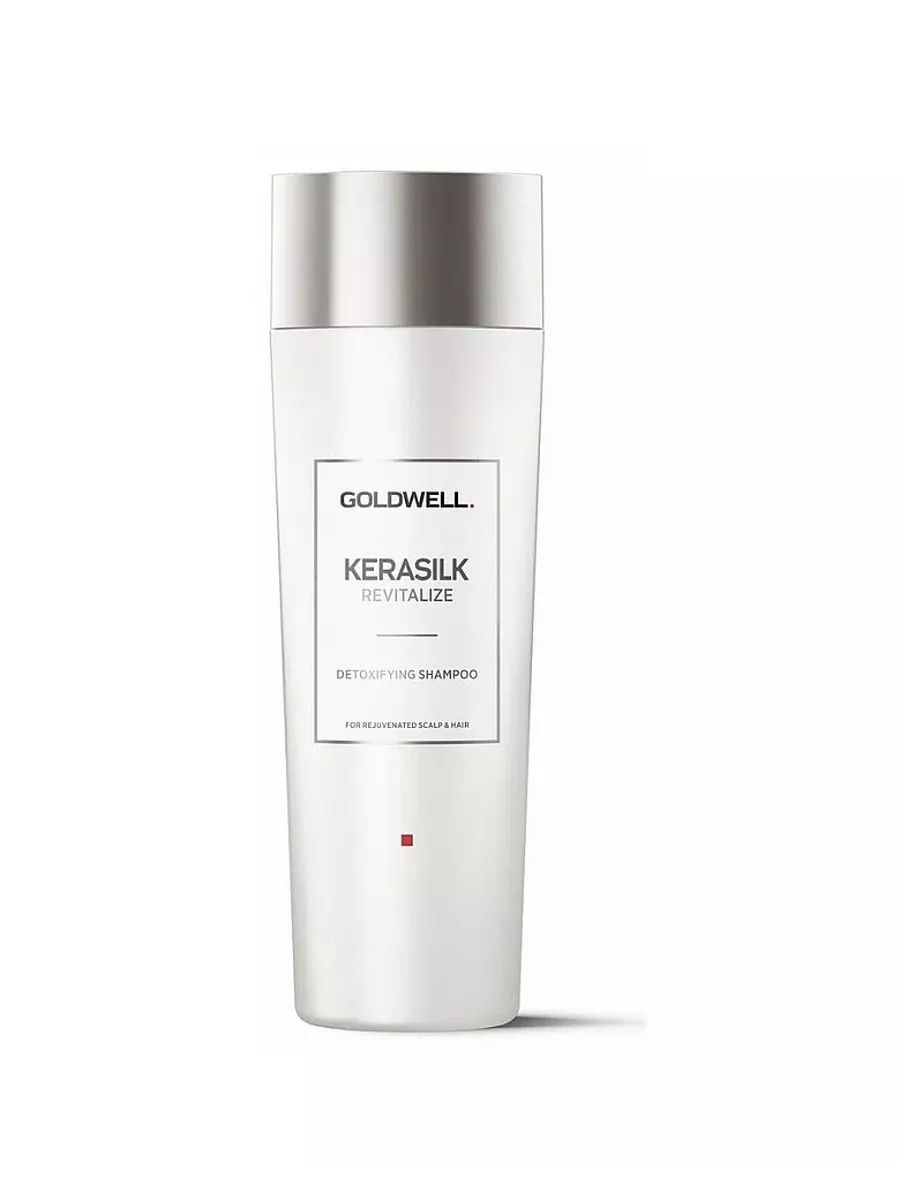
Avocado Oil
Avocado face oil contains beneficial nutrients such as vitamin E, lecithin, and potassium that help nourish and moisturize dry skin. These nutrients are easily absorbed by the epidermis which also helps to form new skin.
Oils for Oily Skin
Do you always look greasy when you view yourself in the mirror? If you answered yes, you probably have oily skin. This skin type is characterised by visible pores than usual and a shiny complexion. However, you might argue about how face oils can benefit your already oily skin. On the contrary, it can help control the secretion of excess sebum which ultimately makes you appear less oily.
Peppermint Oil
Peppermint is a tried and tested ingredient used in face oils that can regulate your skin’s sebum production and prevent clogged pores. So say goodbye to those annoying skin concerns by adding this face oil to your beauty routine. Tip: If you have redness or burns, peppermint can also be used to relieve these discomforts as it has both soothing and cooling properties.
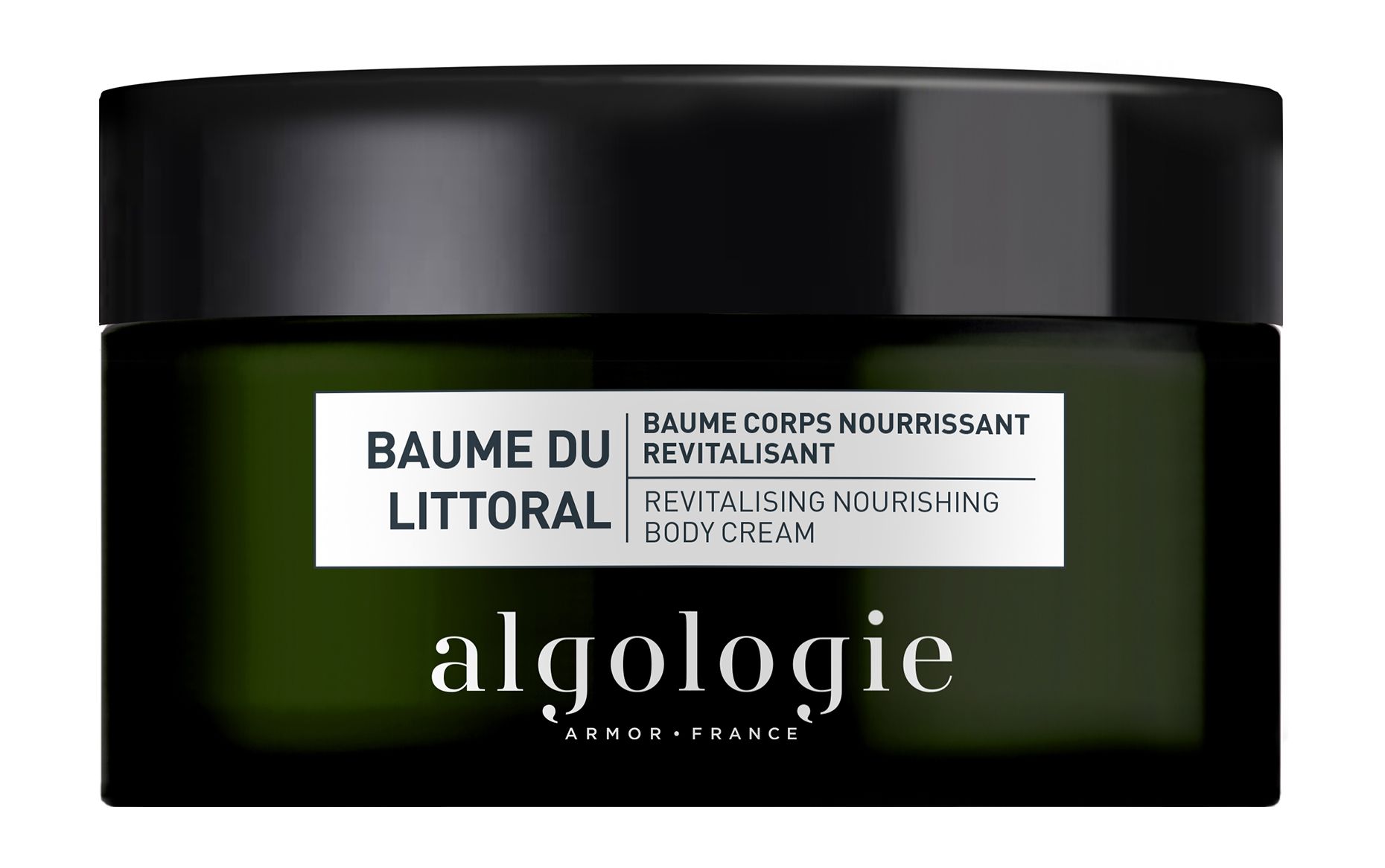
Grapeseed Oil
Grapeseed oil is a natural astringent that has the ability to get rid of excess grease in your face. It can also tighten your pores, leaving your skin mattified.
Tea Tree Oil
Tea tree oil is an excellent skin treatment for those with oily skin because of its antifungal and antibacterial properties. It can help stabilize your sebaceous glands by penetrating deep into the skin and unclogging your pores.
Oils for Acne-Prone Skin
If you have oily skin, you may also have acne-prone skin as too much sebum production can lead to clogged pores and acne. It’s best to skip irritating acne-fighting ingredients like benzoyl peroxide and salicylic acid and instead opt for more gentle, soothing oils that can help reduce inflammation and regulate sebum production.
Conclusion
In conclusion, the best face oils for your skin type can provide a range of benefits, from hydration and nourishment to regulating sebum production and reducing inflammation. By choosing the right oil for your skin type, you can achieve a healthy, radiant complexion. Remember to always do a patch test before incorporating a new oil into your skincare routine, and consult with a dermatologist if you have any persistent skin concerns.

18 Types of Oils to Nourish and Revitalize Your Skin.
18 Types of Oils to Nourish and Revitalize Your Skin.
Natural and Organic Beauty Magazine | Alyaka
by Alyaka.com Editor
on
Oct 18, 2022
Face oils are now popularly used as a skincare ingredient because they provide a range of benefits. However, with so many options out in the market, it can be quite tricky to choose the right face oil suited for your skin.
To guide you, here’s an article that presents the best types of face oil for every skin type as well as some essential tips to make the most out of its beauty benefits.
NORMAL SKIN
With normal skin, you don’t have to worry about getting clogged pores, dryness, and even irritation. In short, you have the type of skin that most people want to achieve and it’s quite simple to find the best face oil for your skin type.
1. ARGAN OIL
Argan oil is often referred to as “liquid gold” due to the various benefits it provides for the skin. Rich and soothing, this face oil contains vitamin E—an antioxidant that can prevent those pesky and unwanted dark spots, fine lines, and other kinds of skin damage.
Tip: Need help in treating frizzy hair or split ends? You can also use argan oil as a hair conditioner as it’s proven to make hair softer and shinier.
2. SQUALANE OIL
Squalene is a natural oil produced not only by olives and rice bran but also your own skin. However, on its own, it is unstable, reacts violently with oxygen and can ultimately clog the pores.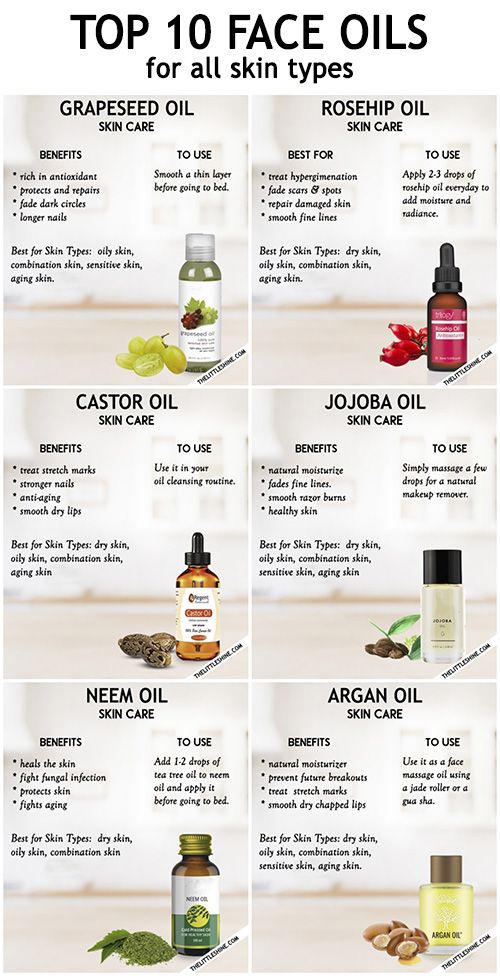
On the other hand, squalane face oil has a stable, longer shelf life that has a similar molecular structure to your skin. This allows it to be easily absorbed by your pores to target specific skin concerns at a cellular level. Furthermore, it can boost collagen production which makes your skin look firmer and plumper for an instant glow!
3. RETINOL OIL
Retinol oils can hydrate your skin, brighten your tone, and clear your breakouts (on the off chance that you have bad days!) without irritating your skin.
DRY SKIN
Dry skin produces less sebum than normal skin which results in cracking, peeling, and even itchiness. Typically, you should look for face oils that are rich in oleic acid to help hydrate the skin, lock in moisture, and lessen irritation from dryness.
4. MARULA OIL
Marula oil contains omega fatty acids which help condition dry skin. It gives essential moisture and can even reduce any redness you might encounter. Furthermore, this oil is not heavy on the skin so you won’t feel greasy at all.
5. ALMOND OIL
For centuries, almond oil has been used to treat dry skin conditions, such as eczema, psoriasis, and dermatitis. High in vitamin A, this oil can also stimulate the production of new skin cells which ultimately results in smooth fine lines.
Tip: If you’re allergic to nuts, it’s best to avoid using almond oil on your skin.
6. AVOCADO OIL
Avocado face oil contains beneficial nutrients such as vitamin E, lecithin, and potassium that help nourish and moisturize dry skin. These nutrients are easily absorbed by the epidermis which also helps to form new skin.
OILY SKIN
Do you always look greasy when you view yourself in the mirror? If you answered yes, you probably have oily skin.
This skin type is characterised by visible pores than usual and a shiny complexion. However, you might argue about how face oils can benefit your already oily skin. On the contrary, it can help control the secretion of excess sebum which ultimately makes you appear less oily.
7. PEPPERMINT OIL
Peppermint is a tried and tested ingredient used in face oils that can regulate your skin’s sebum production and prevent clogged pores. So say goodbye to those annoying skin concerns by adding this face oil to your beauty routine.
Tip: If you have redness or burns, peppermint can also be used to relieve these discomforts as it has both soothing and cooling properties.
8. GRAPESEED OIL
Grapeseed oil is a natural astringent that has the ability to get rid of excess grease in your face. It can also tighten your pores, leaving your skin mattified.
9. TEA TREE OIL
Tea tree oil is an excellent skin treatment for those with oily skin because of its antifungal and antibacterial properties. It can help stabilize your sebaceous glands by penetrating deep into the skin and unclogging your pores.
ACNE-PRONE SKIN
If you have oily skin, you may also have acne-prone skin as too much sebum production can lead to clogged pores and acne.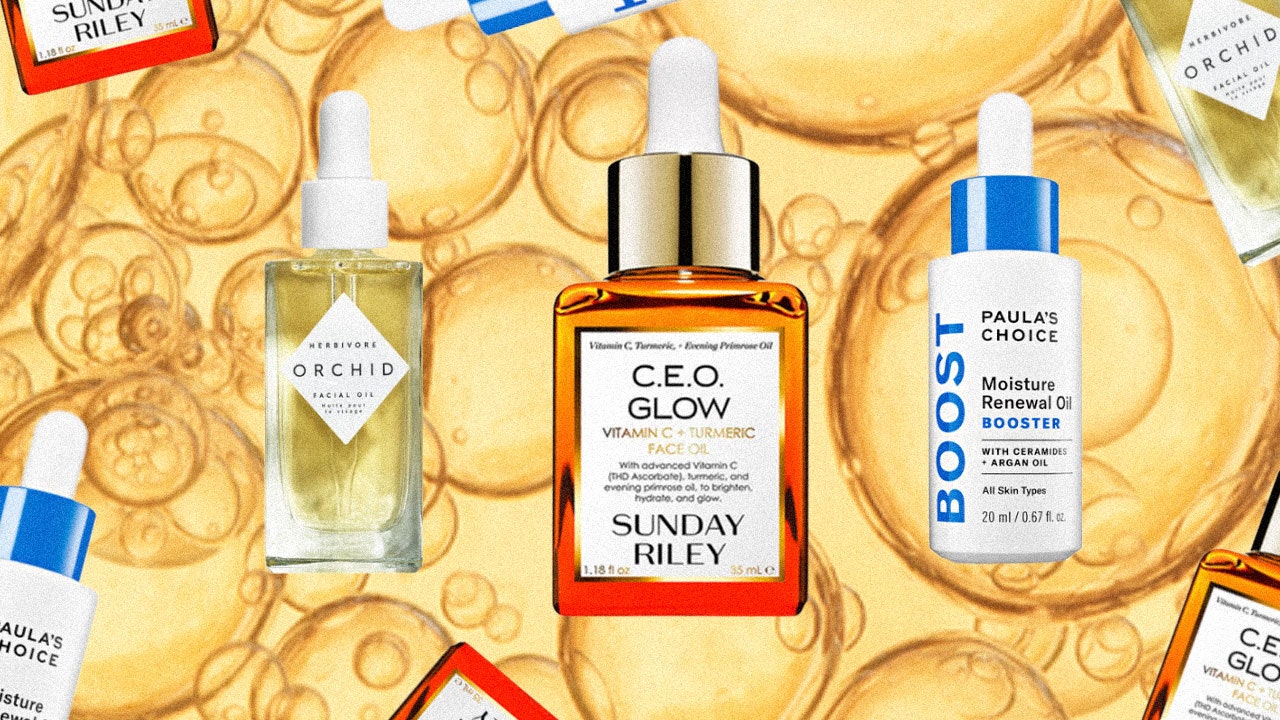
It’s best to skip irritating acne treatments and opt to apply face oils instead. It can restore the nourishment of your skin which is stripped away by the harsh ingredients usually found in most beauty products.
10. POMEGRANATE OIL
Pomegranate oil helps fight the bacteria in your pores causing the inflammation and break-outs in your face. Perfectly suited for those with oily skin, this oil is lightweight so you won’t look greasy at all!
11. ROSEHIP OIL
Loaded with skin-nourishing vitamins and essential fatty acids, rosehip oil can treat inflamed and acne-prone skin. It also contains phenols which are proven to have antibacterial and antifungal properties without clogging your pores.
Furthermore, this carrier oil can help fade those unwanted acne scars and lessen the overall red000ness in your face.
Did You Know? According to a study conducted in 2015, people who had undergone surgery found rosehip oil effective in treating their scars.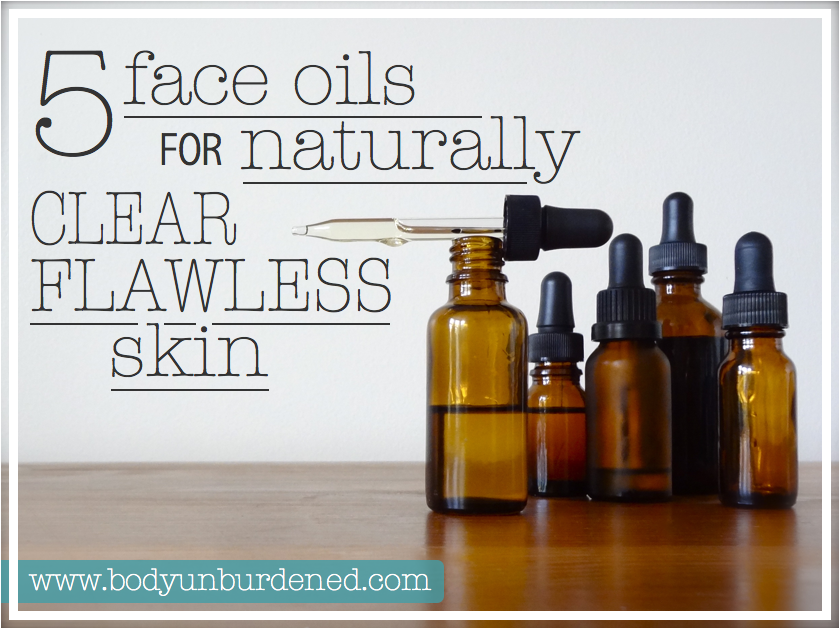
12. COCONUT OIL
Coconut oil has anti-viral and anti-microbial properties that limit the growth of bacteria and reduce the appearance of swelling acne. It can also be used as a deep facial cleanser which gently exfoliates the skin and unclogs your pores leading to healthier skin.
COMBINATION SKIN
Combination skin consists of dryness in some areas of the face and oiliness in other parts, such as the T-Zone (forehead, nose, chin). Since the skin type varies, the type of face oil you apply should also adapt to the different areas of the face.
13. JOJOBA OIL
Jojoba oil can break down and dissolve sebum to control excessive oiliness in some parts of your face. However, it’s a lightweight and breathable oil that provides a bit of moisture for drier areas. This is the reason why it’s perfectly suited for those with combination skin.
14. MARULA OIL
Marula oil has anti-oxidant properties that help protect your skin away from pollution and other environmental stressors. It can also be easily absorbed by your skin which makes it a great moisturizer.
It can also be easily absorbed by your skin which makes it a great moisturizer.
Overall, this essential oil can reduce the amount of grease in your face while still keeping your face hydrated.
15. FLAXSEED OIL
Rich in fatty acids, flaxseed oil can eliminate acne breakouts and treat dry skin. The oil also helps seal in the moisture in your face which keeps the skin hydrated and healthy. Furthermore, it can minimize wrinkles, dark spots, and puffiness.
Tip: If you’re looking for a natural and non-irritating makeup remover, consider trying flaxseed oil.
SENSITIVE SKIN
Those with sensitive skin type often experience itching, drying, redness, and even burning. That’s why you have to be careful of what you apply to your face as it can further trigger these complications. Here are the types of face oils suited for your skin.
16. ALOE VERA OIL
Packed with antioxidants, anti-inflammatories and fatty acids, aloe vera is the perfect face oil for sensitive skin. These properties help protect skin from harmful bacterias, calm irritation and nourish damaged skin.
These properties help protect skin from harmful bacterias, calm irritation and nourish damaged skin.
In addition, it is a natural astringent which makes it suitable for sensitive skin that’s also acne-prone.
17. MORINGA OIL
Much like aloe vera, moringa oil also has anti-oxidant and anti-inflammatory properties to heal sensitive skin. It can also be used as a moisturizer for sensitive skin with dryness. Just simply layer this lightweight oil under your makeup.
18. CASTOR OIL
Castor oil can reduce swelling and puffiness in your face. It’s also effective in treating inflamed acne and eliminating eye bags to give you skin that looks fresh and healthy.
However, simply knowing the best face oil for your skin type is not enough. You should also know how to properly apply it to maximise the benefits it brings to your skin.
8 TIPS TO GET THE MOST OUT OF FACE OILS
1. USE FACE OIL AFTER APPLYING WATER-BASED PRODUCTS
Investing in face oils adds another step to your beauty routine. So if you’re wondering when you should use it, it’s advisable to use it after applying your moisturizer. This way, you’ll be able to reap all the benefits brought by your face oil.
So if you’re wondering when you should use it, it’s advisable to use it after applying your moisturizer. This way, you’ll be able to reap all the benefits brought by your face oil.
2. AVOID RUBBING FACE OIL
If you rub the face oil onto your skin, you’re actually damaging your pores and preventing the product from being properly absorbed. Instead, gently press the face oil onto your face for optimal results.
3. BLEND DIFFERENT FACE OILS
You can combine different face oils for added benefits. For instance, you can blend tea tree essential oil with lavender oil. The former is extremely effective in treating acne while the latter reduces the puffy appearance in your face.
4. MIX WITH A MOISTURIZER
If you’re always on-the-go, it’s perfectly fine to mix your face oil with a moisturizer. You can enjoy an increase in its potency as well as glowing skin.
Tip: If you want to achieve extra dewiness and hydration, you can also mix face oil with your foundation or primer.
5. APPLY A FEW DROPS
Some face oils can be expensive despite containing little amount. However, all you really need is a few drops to reap the various benefits it gives.
Typically, you should apply anywhere between three to six drops of face oil once a day. However, if you have drier skin than usual, you can use a bit more oil.
6. SKIP THE EYE CREAM
Skip the eye cream and switch to face oils instead. Since it is a natural and organic beauty product, you can use it on the delicate areas of your face, such as your under eyes. Simply dab a drop of oil on this area and you’ll instantly be hydrated.
7. HYDRATE YOUR LIPS
Have dry and chapped lips? Worry not as you can also use face oils to hydrate your lips along with the rest of your face.
8. TRY ON YOUR BROWS AND LASHES
Try applying a drop or two of essential oils on your brows and lashes. Argan oil, in particular, can moisturize and stimulate the growth of hair in these areas.
ALSO READ:
Anti-Ageing Essential Oils That You Should Start Using
10 Best Essential Oils For Hair Growth & Health.
The Surprising Lavender Benefits for Skin
How to Get Rid of Eye Bags Like an Expert in Simple Steps
Face oils bring numerous benefits to your skin. However, it’s important to choose the right one suited for your skin type to get only the best beauty benefits out of it.
Previous
The Dos And Don’Ts To Follow For Your Halloween Makeup Ideas
Next
9 Low Calorie Meals For A Healthy Holiday Feast
Related Articles
Dry Oils for Body: A Comprehensive Comparison of Wet and Dry Oils
Step-by-Step Guide to Using a Cleansing Balm in Your Skincare Routine
Face Acupressure: Revitalising Your Visage with Traditional Chinese Medicine Techniques
The Healing Power of Facial Gua Sha Stone: A Comprehensive Guide
Sold Out
DARLING
DARLING The Travel Kit set
Regular price
€59,00
Sale price
€59,00
Regular price
Unit price
/
DARLING THE TRAVEL KIT is the perfect travel companion thanks to the new exclusive travel-sized. ..
..
Sold Out
DARLING
DARLING Body Wash 225 ml
Regular price
€39,00
Sale price
€39,00
Regular price
Unit price
/
DARLING BODY WASH is a gentle shower gel for the body with moisturizing and antioxidant…
Sold Out
DARLING
DARLING Screen-Me Spray Spf 50+ 150 ml
Regular price
€49,00
Sale price
€49,00
Regular price
Unit price
/
DARLING SCREEN-ME SPRAY SPF 50+ is a face and body lightweight sun lotion with broad…
Sold Out
DARLING
DARLING Screen-Me Spray Spf 30 150 ml
Regular price
€49,00
Sale price
€49,00
Regular price
Unit price
/
DARLING SCREEN-ME SPRAY SPF 30 is a face and body lightweight sun lotion with broad. ..
..
Sold Out
DARLING
DARLING Glowy Face Cream Spf 50+ 30 ml
Regular price
€41,00
Sale price
€41,00
Regular price
Unit price
/
GLOWY FACE CREAM SPF 50+ is a multifunctional cream specifically for face, neck and décolleté…
Sold Out
DARLING
DARLING Fluid Face Screen Spf 50+ 40 ml
Regular price
€49,00
Sale price
€49,00
Regular price
Unit price
/
FLUID FACE SCREEN SPF 50+ is an innovative ultra-light fluid face cream with very high.. .
.
The 7 Best Carrier Oils For Your Skin and Haircare Routine & How To Us
– The Kind Store
Carrier oils are naturally derived vegetable oils from the fatty portion of plant based sources such as seeds, kernels or nuts. Each carrier oil has their own unique properties and benefits. They may be used alone or with other oils to nourish your skin and with essential oils.
Find out how to blend them with other carrier oils and essentials here in our Guide to Carrier Oils and you want to find out more about Essential Oils, you can find out How To Use and Blend Essential Oils In Your DIY Cleaning & Beauty Routine.
The 7 Best Carrier Oils For Your Skin and Haircare Routine
Argan oil
Organic Argan Oil 100ml, £16.80
What is Argan Oil?
Argan oil is produced from the kernels of the argan tree and is found in Morocco.
What are the benefits of Argan Oil?
Acne, anti-ageing and fine lines, anti-inflammatory, boost skin and elasticity, heals skin infections, balancing face oil, shinier & healthier looking hair.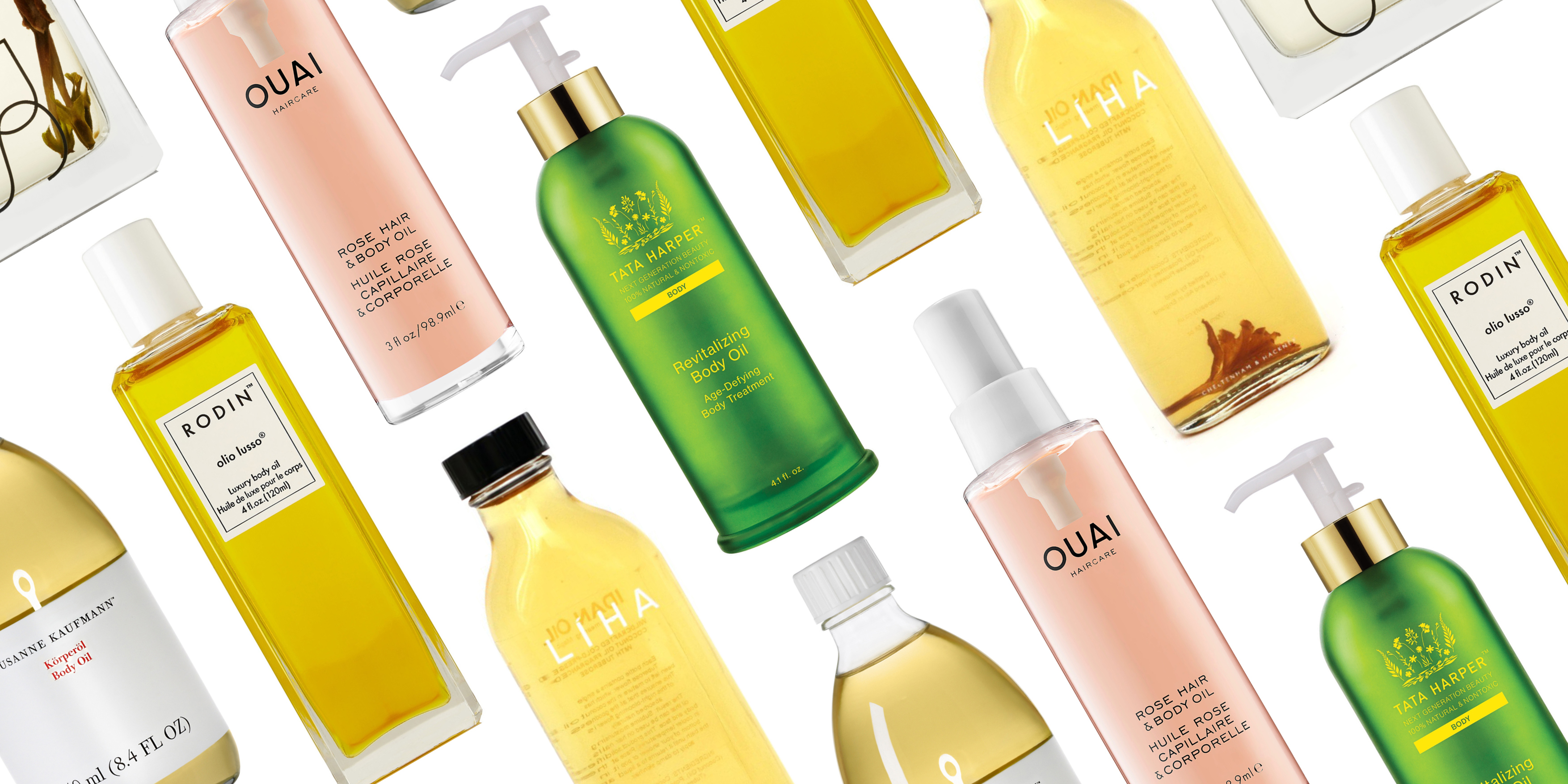
- Rich in essential fatty acids, antioxidants, Vitamin A & E.
- Penetrates the hair follicles and keeps the hair moisturised.
- May help reduce fine line & wrinkles.
- Helpful for breakouts and acne scars.
- May reduce stretch marks and improves skin hydration.
- Comedogenic rating: 0
Jojoba oil
Organic Jojoba Oil 100ml, £14.00
What is Jojoba Oil?
Jojoba is a plant that grows in North America. It thrives in harsh, desert climates. It also produces a nut with many healing properties. The nut can be made into an oil.
What are the benefits of Jojoba Oil?
Moisturises dry skin, soothes sensitive skin, improves acne, reduces stretch marks and scars, can be used under eye and for cleansing, can reduce wrinkles, antimicrobial and antifungal, calming baby oil, balancing face oil, moisturising body oil, healthier hair.
- Naturally hypoallergenic oil.

- Good for soothing eczema and psoriasis.
- Helps with acne and a good spot treatment.
- Balancing oil for both dry and oily skin.
- Rich in Vitamin E.
- Suitable for skin and hair.
- Comedogenic rating: 2
Sweet Almond Oil
Organic Sweet Almond Oil 100ml, £12.00
What is Sweet Amond Oil?
Sweet almond oil comes from a plant. Sweet almond produces kernels, that can also be eaten as we know as nuts. Sweet almond oil is made by pressing the kernels.
What are the benefits of Sweet Almond Oil?
Soothes and moisturises dry skin, reduces puffiness and under-eye circles, perfect for sensitive skin, improves stretch marks and scars, improves complexion and even skin tone, great as a baby oil, can be used as a face oil and a body oil.
- Extremely nourishing, it is rich in proteins, vitamin D & essential fatty acids.

- Excellent emollient.
- Anti-inflammatory & boosts immunity.
- Soften and re-condition the skin.
- Sooth dry and irritated skin.
- Great carrier oil.
- Comedogenic rating: 2
Apricot Oil
Cold Pressed Organic Apricot Oil
What are the benefits of Apricot Oil?
Dry skin, under eye and cleansing oil, face oil
- Rich in Vitamins A, C, E & K as well as Omega 3,6,9 essential fatty acids.
- Non greasy great face and body moisturiser for all skin types, including oily complexions.
- Supports healthy collagen and elastin keeping the skin looking soft and supple.
- Perfect as a carrier oil with an essential oil of your choice.
- Comedogenic rating: 2
Evening Primrose oil
Cold Pressed Organic Primrose Oil
What are the benefits of Primrose Oil?
Dry skin, acne, skin healing, face oil
- Contains Gamma Linoleic acid (GLA)
- Rich source of Omega 6 fatty acids, commonly used for women to relieve PMS symptoms.

- Known to be a good choice for skin conditions such as eczema, psoriasis and atopic dermatitis.
- Comedogenic rating: 2
Hemp Seed Oil
Cold Pressed Organic Hemp Seed Oil
What are the benefits of Hemp Seed Oil?
Dry skin, acne, skin healing, face oil, body oil
- Rich sources of Omega 3 fatty acids and Gamma Linoleic acids (GLA).
- Reduces inflammation, hydrates, regulates oil production.
- Locks in hydration and attracts moisture.
- Comedogenic rating: 0
Rosehip Oil
Cold Pressed Organic Rosehip Seed Oil
What are the benefits of Rosehip Seed Oil?
Anti ageing and fine lines, stretch marks and scars, boost skin and elasticity, under eye and cleansing, face oil.
- Rich in Vitamin A, E and Essential omega 3 and 6 fatty acids.
- Very dry & thin oil, it softens & hydrates the skin deeply.

- Great for sun damaged and pigmented skin.
- Helps treat scaly, irritated and dry skin conditions.
- Skin regeneration.
- Comedogenic rating: 1
DIY Beauty – Quick Buy
To make it easier for you, here are the best carrier oils for the following:
- Cleanser: Apricot, Jojoba, Rosehip.
- Face Oil (Oily/Acne prone skin): Argan, Evening Primrose, Hemp, Jojoba.
- Face Oil (dry skin): Apricot, Evening Primrose, Hemp, Jojoba., Sweet Almond.
- Face Oil (Mature skin): Argan, Rosehip.
- Sensitive Skin: Jojoba, Sweet Almond.
- Body/Bath Oil: Hemp, Jojoba, Sweet Almond.
- Massage: Sweet Almond , Apricot.
- Babies Skin: Sweet Almond.
- Hair: Argan, Jojoba.
How To Use Carrier Oils in Your Skincare Routine
Cleansing Oil
1. Base Cleansing Oil: Ideally, the base of your oil cleansing mix should be an oil with cleansing and antibacterial properties such as Castor Oil. Start with 30% of your whole formulation. If you do not have Castor Oil, you can use Olive Oil (make sure it is a good quality extra-virgin organic olive oil).
Base Cleansing Oil: Ideally, the base of your oil cleansing mix should be an oil with cleansing and antibacterial properties such as Castor Oil. Start with 30% of your whole formulation. If you do not have Castor Oil, you can use Olive Oil (make sure it is a good quality extra-virgin organic olive oil).
2. Core Oil: Choose the oil that works best for your skin type. Add up to 50% of this oil to your cleansing oil base. Depending on your skin type, you could choose between hemp seed oil, sweet almond oil, olive oil etc. If you want, you can also mix two different oils at 25% each.
3. Luxury Oil: Finally, for the remaining 20% you could add a more luxurious oil with unique properties. These are normally more expensive but can truly top up and complement your oil blend, for example argan, jojoba, evening primrose oil or rosehip oil. If you prefer to stick to using only your base & core oil/s, simply up your Base & core oil percentage by 20%.
4. Essential Oil: This is also entirely optional and I would skip this step if you have very sensitive skin. If you want to include essential oils, add up to 1% maximum of essential oils of your total recipe. A 1% dilution is 6 drops per 30ml.
Choose essential oils based on their unique properties. Bear in mind that citrus essential oils contain photosensitizers, so make sure to wear them at night or avoid any sun exposure.
Facial Oil
1. Base Oil: We recommend starting with 80% jojoba oil and then find the oil that will give you that glow, specific and suitable to your skin type. (See above for recommendations).
2. Core Oil: 20% based on your skip type and intended benefits.
3. Essential Oils: Essential oils boost the healing properties of your skin oil and have regenerating and toning properties. Not only are they easily absorbed into your skin, but they also improve the texture, fee and look of your skin! This is also entirely optional step and I would skip this step if you have very sensitive skin. If you want to include essential oils, add up to 2.5% maximum of essential oils of your total recipe. A 1% dilution is 6 drops per 30ml.
If you want to include essential oils, add up to 2.5% maximum of essential oils of your total recipe. A 1% dilution is 6 drops per 30ml.
Body & Bath Oil
1. Base Oil: Choose 1 or 2 carrier oils. Either use a carrier oil on it’s own or mix 50/50 with another based on your skin type and intended benefits.
2. Essential Oil: If you want to include essential oils, add up to 3% maximum of essential oils of your total recipe. A 1% dilution is 6 drops per 30ml.
Why we stock The Nature of Things
Why we stock The Nature of Things carrier oils
- Quality and sustainability always comes first with The Nature of Things and so this ensures that the carrier oils that we stock, you can trust are the best on the market for people, planet and animals.
- With The Nature of Things being a member of the Irish Organic Association this means that their products do not contain synthetic pesticides and fungicides and other chemicals that can be damaging to the local ecosystems.

- They have over 20 years of experience working with oils and so their carrier oils have been made with so much care and knowledge about what works best and most effectively.
- Overall, we think their carrier oils are one of the best, most eco-friendly and sustainable carrier oils you will find on the market
The Kind Store team try and test all products that we stock, so you can be certain that what you are buying is high quality, works well and loved by us. We source all products using our ethos via our sustainable principles, so you can trust that what you are buying is kind to animals, people and planet. We stock items from UK independent makers and suppliers to ensure our products are eco-friendly. Discover hundreds of vegan, natural, sustainable and cruelty-free products.
Other blog posts you might be interested in…
How to choose face oil according to skin type
Owners of oily and combination skin often look with distrust towards oil-based cosmetics.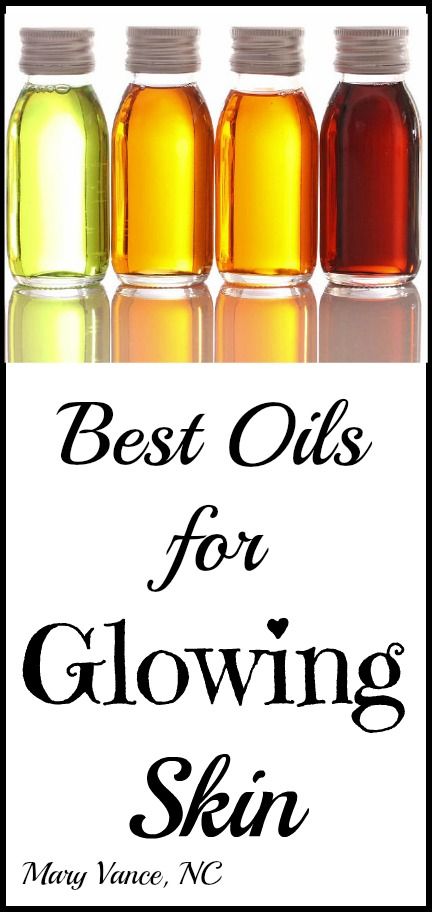 Misuse of such products can lead to unwanted shine, stickiness or breakouts. Therefore, it is important to choose face oils according to skin type – some are great for deep moisturizing, others for removing makeup and additional care. We understand the properties of textures and talk about the correct application.
Misuse of such products can lead to unwanted shine, stickiness or breakouts. Therefore, it is important to choose face oils according to skin type – some are great for deep moisturizing, others for removing makeup and additional care. We understand the properties of textures and talk about the correct application.
Can Oil Moisturize Skin Better Than Cream? 9″.
This should be taken into account for owners of oily skin – often it produces more sebum precisely because it does not have enough moisture. “Usually people with combination or oily skin use products that are overly drying,” says Mar Seira. “Studies show that using certain oils in your daily skincare routine can help regulate sebum production, minimizing the appearance of breakouts and redness.”
How to use oils
As with any product, the correct application sequence is important. After cleansing the skin, use a tonic, and then, after heating a few drops of oil between the palms, apply with a light pressure on the face, neck and décolleté. If you use acids or retinoids after cleansing, wait about ten minutes for them to be absorbed. Another option is to spray some rose water, and then spread the oil on a slightly damp face with massaging movements. Oil-based serums are best used before bed.
If you use acids or retinoids after cleansing, wait about ten minutes for them to be absorbed. Another option is to spray some rose water, and then spread the oil on a slightly damp face with massaging movements. Oil-based serums are best used before bed.
How to choose an oil
Omega-6 and -3 vegetable oils are essential for every skin type, since we do not synthesize them ourselves. For dry skin, it is good to use fatty acids such as omega-9. For oily skin, those that contain omega-6, which regulate the production of sebum, are suitable. But coconut oil, which has a strong comedogenic effect, is best avoided. It is also important to consider the quality and “freshness” of the oil. If it is obtained by cold pressing, then it retains its properties better and does not clog pores, unlike refined.
Recommendations for skin types
- For dry skin: argan, almond or marula oil.
- Combination skin: If you don’t have a tendency to breakouts, try hemp oil.

- For oily (or acne-prone) skin: coriander or jojoba oil – non-comedogenic and won’t clog pores, allowing skin to breathe. Along with this, experts recommend linoleic acid, which, in a duet with omega-6, helps to balance the production of sebum.
- For sensitive skin: hazelnut and macadamia oil – pair them for best results.
Facial massage oil: which is better to choose, types of massage oils
Back
Facial
02/08/2022
Why Use Facial Massage Oil?
Benefits of facial oils during a massage
Types of massage oils
How to choose massage oil
By skin type
For skin problems
How to do a face massage with oil?
Is it possible to use a regular massage product for the face?
Contraindications and precautions
One of the most effective facial rejuvenation procedures is massage. With it, you can smooth out wrinkles, remove the second chin, add blush to the cheeks, and correct the oval.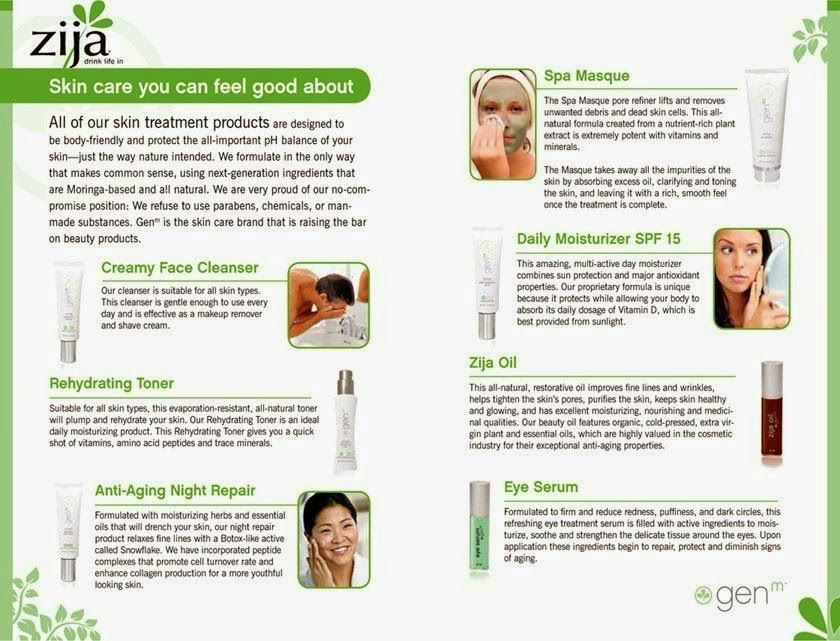 So that stretch marks do not appear on the skin, and the hands slide smoothly over it, it is necessary to use a special cosmetic oil. About which products to choose and how to use them correctly – in this review.
So that stretch marks do not appear on the skin, and the hands slide smoothly over it, it is necessary to use a special cosmetic oil. About which products to choose and how to use them correctly – in this review.
Why use facial oil?
When choosing your face oil, consider a few things:
- the product ensures that the hands or massager slide over the face and does not injure it;
- product saturates skin cells with useful substances;
- massage helps the product to be deeply absorbed and double the effect of rejuvenation.
Massage oil is an effective care product with a natural composition. It can be combined with face cream or used in place of it. Regular massage treatments, along with the usual care products, help slow down the aging and fading of the skin.
Benefits of facial oils during massage
Natural massage oils contain components that affect the body’s metabolism. What are the benefits of using this product:
- moisturizing the skin, giving it elasticity and firmness;
- toning, nutrition, skin softening;
- acceleration of microcirculation and improvement of metabolic processes in cells;
- adjustment of the sebaceous glands;
- acceleration of collagen and elastin production;
- lightening age spots;
- providing antibacterial action;
- alignment of complexion, giving it radiance;
- elimination of traces of fatigue and lack of sleep;
- increase the protective functions of the skin.

The oils contain vitamins, microelements, phytosterols, phospholipids, which are well absorbed and have a beneficial effect on the skin of the face.
Types of massage oils
There are many types of massage oils, so let’s figure out which ones are best to use.
- Basic. Their main action is to warm up and relax the skin. Their basis is a pomace from seeds, grains, seeds or other parts of different fruits. Base oils are liquid and solid (the latter are called butters). The most common are almond, olive, peach, apricot, grape, argan, wheat, shea, jojoba.
- Essential. These are volatile aromatic substances found in flowers, stems, seeds, and plant roots. The products cleanse and soothe the skin, fight age-related changes, regulate the functioning of the sebaceous glands, and strengthen blood vessels. These include oils of eucalyptus, chamomile, rose, jasmine, cedar, lemon, orange, grapefruit, mint, cinnamon, ginger and others. Essential products are not used for facial massage in their pure form due to their high concentration.
 They can cause an allergic reaction, so it is better to mix them with the base ones (2-3 drops).
They can cause an allergic reaction, so it is better to mix them with the base ones (2-3 drops). - Combinations are a blend of base oils and essential oils. The double effect of this composition is expressed in the preparation of the face for massage and the delivery of nutrients deep into the skin.
How to choose a massage oil
Choose the right oil for your face: a product that is not suitable for your skin can cause an allergic reaction, clog pores, provoke acne. Therefore, use only the product that suits your skin type. Examine its composition, check the expiration date and the quality of the packaging. Expired oils can cause burns, allergies, and other unpleasant conditions.
Skin type
There are four skin types: dry, normal, oily and combination. For each of them, a tool with a certain composition is suitable.
- Dry dermis is prone to peeling, tightness, itching. Which oils are suitable for this type:
- olive;
- coconut;
- argan;
- castor;
- cocoa;
- avocado;
- macadamia;
- hazelnuts;
- shi.

They contain fatty acids that help to moisturize the epidermis. The PREMIUM line includes Massage Oil with a bouquet of herbs and a unique complex of natural vegetable and essential oils. It can be used for dry and aging skin. What bioactive composition does the product have: oil of corn, sea buckthorn, jojoba, vitamin E, esters of cedar, bergamot, geranium. The massage agent enriches tissues with lipids and unsaturated fatty acids, has a relaxing, lymphatic drainage and regenerating effect.
- Oily skin is usually prone to clogging of the sebaceous glands and intensive production of sebum. Which oils are suitable for this type:
- apricot;
- hemp;
- jojoba;
- moringa;
- grape seeds;
- sesame;
- safflower.
Helps reduce oiliness, reduce shine and prevent acne. Absolute Pure micellar oil perfectly cleanses oily skin without negatively affecting its water-lipid mantle. It contains fermented grape seed oil, walnut, corn, sea buckthorn, evening primrose. The product removes all impurities, gives the skin cleanliness and fills it with natural radiance.
It contains fermented grape seed oil, walnut, corn, sea buckthorn, evening primrose. The product removes all impurities, gives the skin cleanliness and fills it with natural radiance.
- For normal and combination skin types, olive, almond, grape, apricot, shea butter, jojoba butter are suitable. If you have normal skin, you can use any product that has a low level of comedogenicity. For the combined type, the listed products are suitable with the addition of calamus, lemon balm, nettle, and juniper esters.
Winter Fantasy fermented oil for all skin types of the face and neck (except for oily, complicated acne) takes care of it in cold weather. The composition of the product includes Tsubaki oil, grape seed, grape seeds, ether of ylang-ylang. It actively restores the damaged epithelial barrier. The product is quickly absorbed, intensively moisturizes, does not leave a sticky feeling and allows the skin to breathe.
For skin problems
Owners of problematic skin should choose a product with antibacterial properties that relieve inflammation, pimples, blackheads. These include oils of argan, shea, hazelnut, watermelon seeds, rose hips, moringa. Adding essential oils to base oils relieves excess greasiness and inflammation.
These include oils of argan, shea, hazelnut, watermelon seeds, rose hips, moringa. Adding essential oils to base oils relieves excess greasiness and inflammation.
If you have sensitive skin, use oils with a light formula: peach, pistachio, avocado, cherry seeds, wheat germ. To remove age spots, choose products with a whitening effect: lemon, orange, grapefruit, tangerine.
Wheat germ, flax, avocado, black currant, jojoba, sage, sandalwood and neroli oils will be useful for aging and mature skin. They make the skin softer and more elastic, smooth wrinkles, slow down the aging process.
How to massage your face with oil?
Use a simple facial massage technique:
- Remove make-up from your face first with foam, micellar water or lotion.
- Lightly steam the skin to help absorb the oil deeper.
- Apply it to your fingertips, gently massage into the skin of the face.
- Massage along the massage lines for 5-10 minutes, being careful not to stretch the skin.

- Leave the product on the face for another 15 minutes.
- Blot skin with a dry cloth and do not wash.
Vial or vial should be at room temperature. Cosmetic oil is not suitable for daily care, it is enough to use it 2-3 times a week.
Can I use a regular facial massage?
The skin of the face is thin, delicate and sensitive, so it is often prone to allergies. Here it is especially important to carefully approach the choice of the massage composition of the product. Choose a product with natural ingredients and a minimum of additives, which are found in large quantities in body massage products. In addition, they have a warming or cooling effect, which can adversely affect the face. If you can’t use regular cosmetic oil, try baby cream.
Contraindications and precautions
Let’s figure out what are the nuances of applying oil:
- If you apply the product at home, check it for possible allergies. Apply a small amount to the inner crook of the elbow or the skin of the wrist, wait a couple of hours.


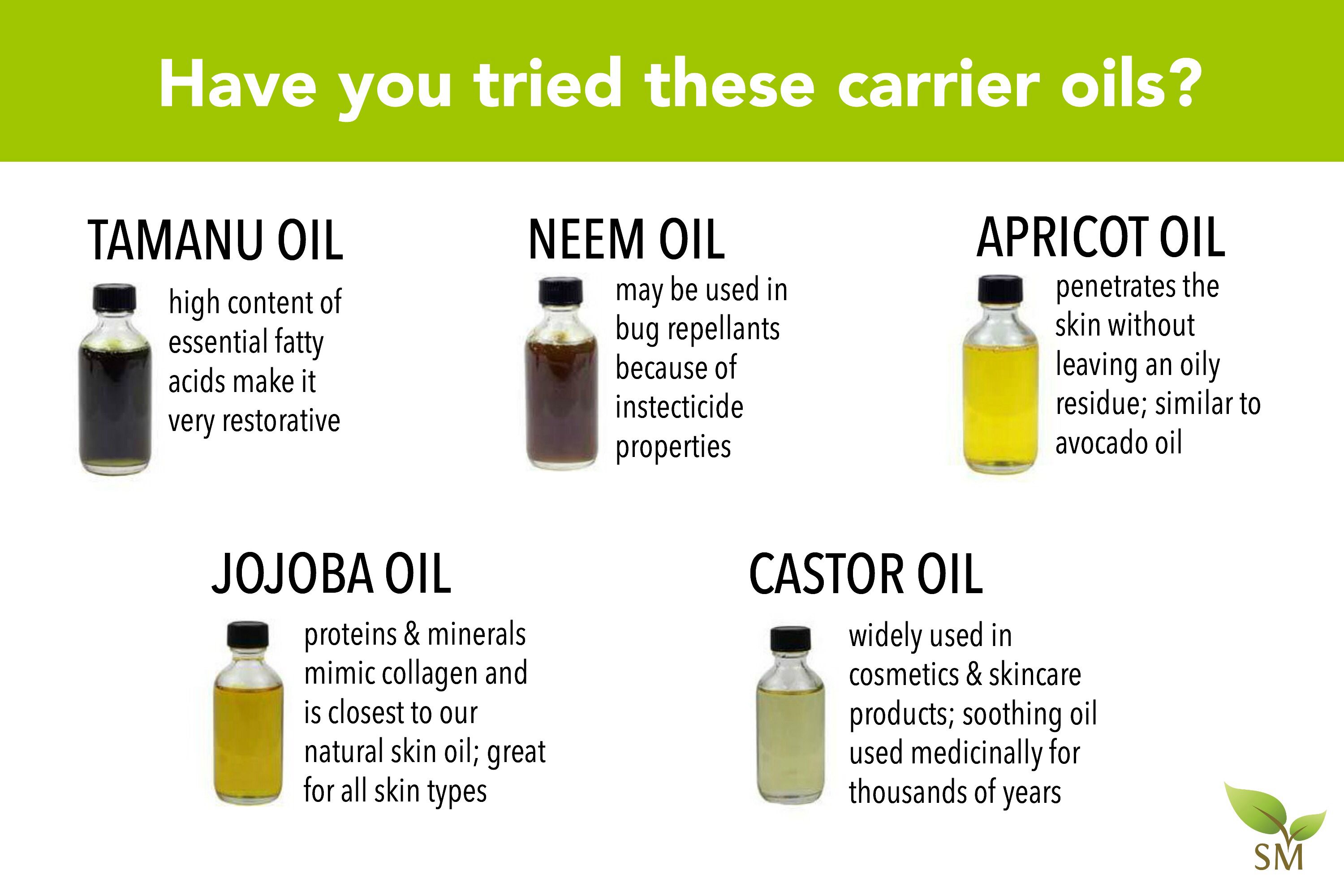
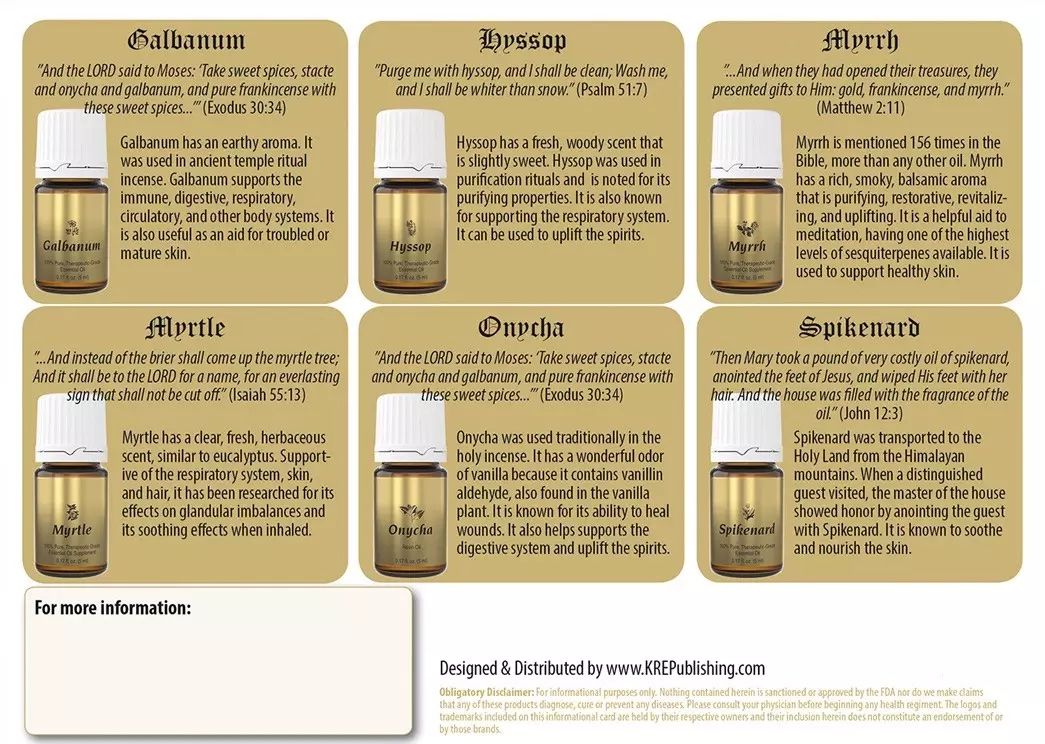

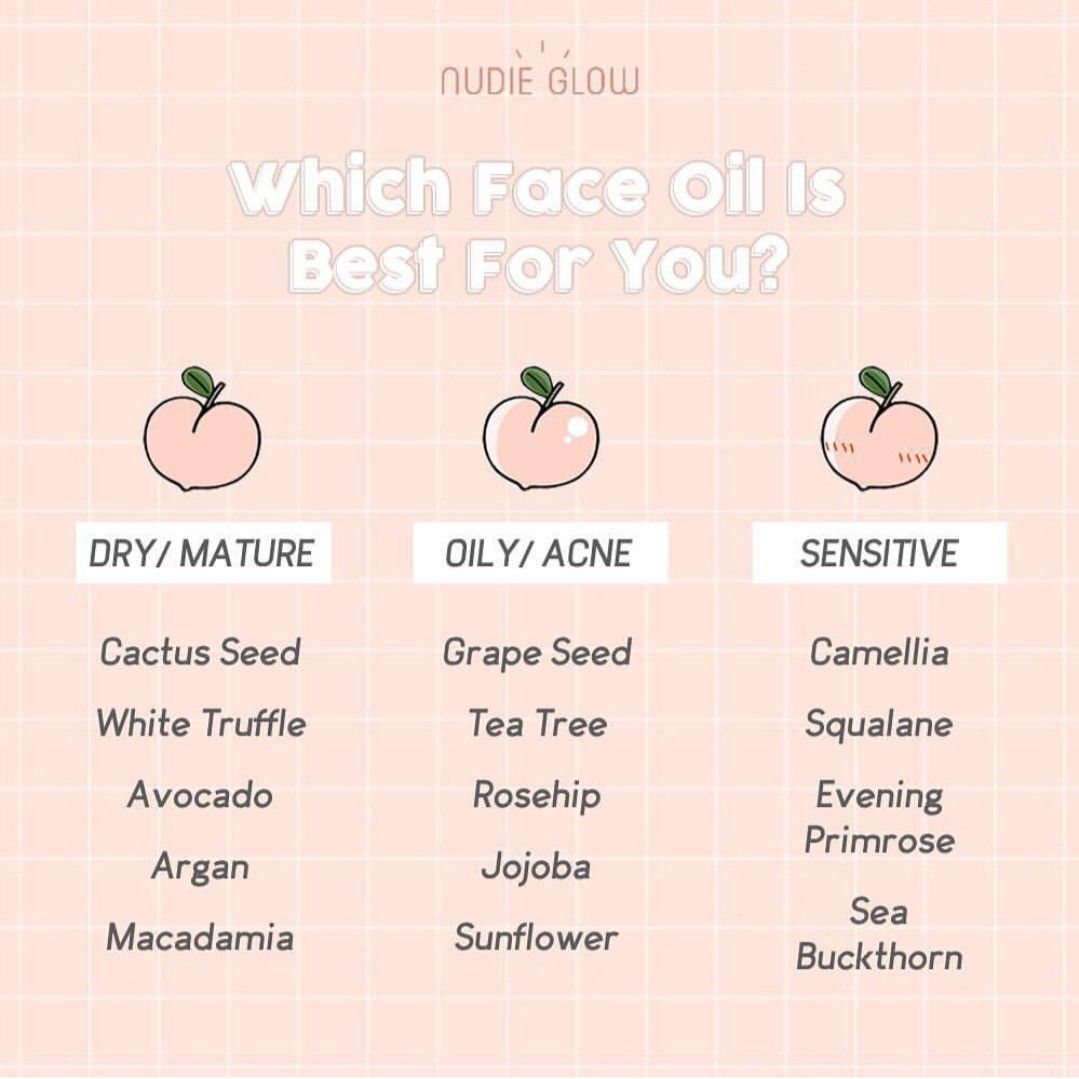



 They can cause an allergic reaction, so it is better to mix them with the base ones (2-3 drops).
They can cause an allergic reaction, so it is better to mix them with the base ones (2-3 drops).

